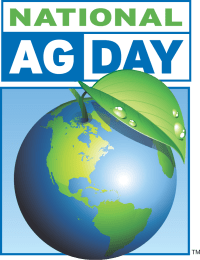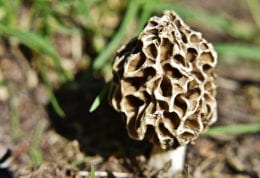 Open your calendar to March 21 and write down National Ag Day! This is a day to celebrate everyone in agriculture and how agriculture is in all of our lives each day.
Open your calendar to March 21 and write down National Ag Day! This is a day to celebrate everyone in agriculture and how agriculture is in all of our lives each day.
The goal of this day is to:
- Learn about the production of food, fiber and renewable resources.
- Understand the role of agriculture in our economy.
- Appreciate the importance of safe, abundant and affordable agricultural products.
- Learn about the many career opportunities in agriculture.
Speaking of careers, there are options! They range from agribusiness, to communications, to park management, to food science and many more.
National Ag Day is supported by the Agriculture Council of America. They encourage you to plan an event to celebrate agriculture in your community. They have assembled some planning tips and tools to help you succeed.
Learn more at www.agday.org/ and make your plans now!





